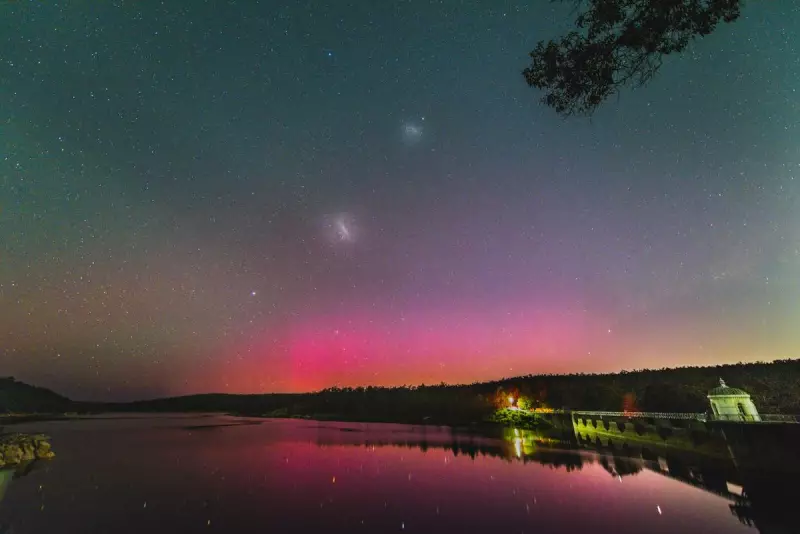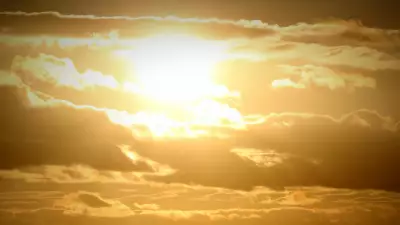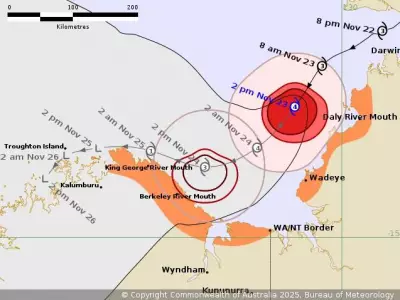
Residents across Western Australia were left in awe on Wednesday evening as a breathtaking display of the Aurora Australis, or southern lights, painted the night sky with vibrant colours.
A Celestial Light Show
The natural phenomenon, which occurred around 8.30pm AWST on Wednesday, 13 November 2025, was visible from southern parts of Western Australia, South Australia, Tasmania, New South Wales, and Queensland. The sky came alive with magical hues of green, purple, pink, and orange, providing a dazzling spectacle for lucky stargazers.
Photographs captured the event from locations including Mundaring Weir, Corrigin, Williams, and Wannanup near Mandurah, showcasing the wide reach of this incredible light show.
The Science Behind the Southern Lights
An aurora is created by massive explosions on the sun known as coronal mass ejections. These eruptions send huge blasts of high-energy particles hurtling towards Earth.
As an expert explained, when these particles arrive, they collide with oxygen and nitrogen in our atmosphere, creating geomagnetic storms. This collision is what generates the dramatic displays of coloured light. "The Earth’s magnetic field is a bit like a dipole, so it funnels that plasma coming from the sun towards the two poles, the North Pole and the South Pole," she said.
The expert also noted that your location significantly impacts the view. "The further south you are, the more of that aurora you’re likely to see and the brighter it’s likely to be."
Will We See the Aurora Again Soon?
According to Dr Reeves, the last major appearance of the Aurora Australis in the southern hemisphere was in June. She described auroras as "not super common, but not totally unheard of".
Unfortunately for those who missed it, the opportunity has likely passed for now. "Unfortunately the peak of the geomagnetic storm that’s caused on Earth has passed now and the conditions are generally declining, so it’s unlikely that people are going to see anything more tonight," Dr Reeves stated.
While another display is possible later this year or next, precise long-term forecasting remains challenging. "We only really get half a day or a few days warning when we see something erupt on the surface of the sun, and we know that it’s headed towards Earth," she explained.
Adding to this, Matthew Woods from Perth Observatory provided insight into the increasing frequency of these events. He noted that auroras have become more common recently because the sun is nearing the end of its 11-year cycle.
"There could be possibilities of more really good auroras, but we are coming towards the end of the 11 year cycle ... and we won’t see many sun spots, and if we do, (the auroras) will be closer to the poles," Mr Woods said. "Then in another 11 years time, we’ll get another really good chance to see it."





